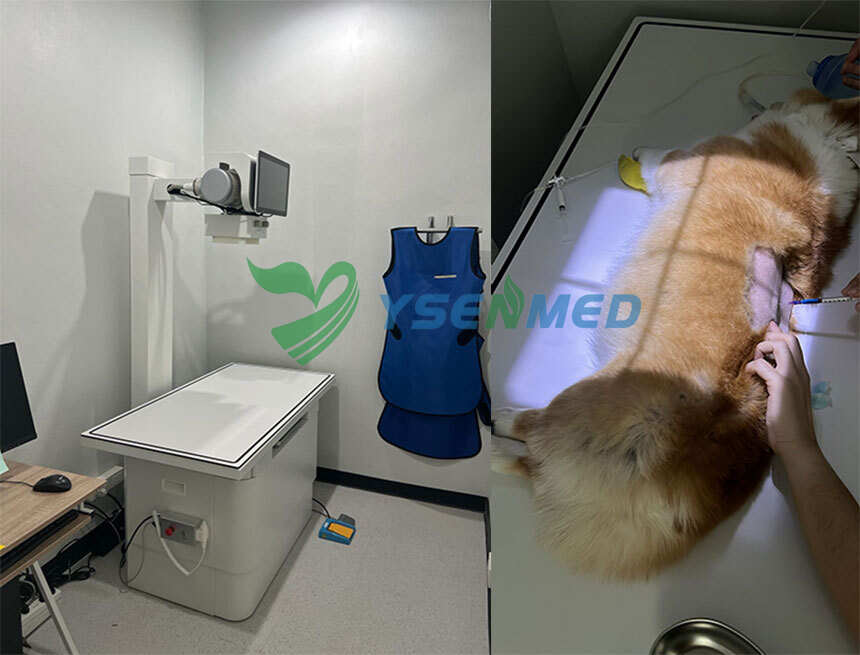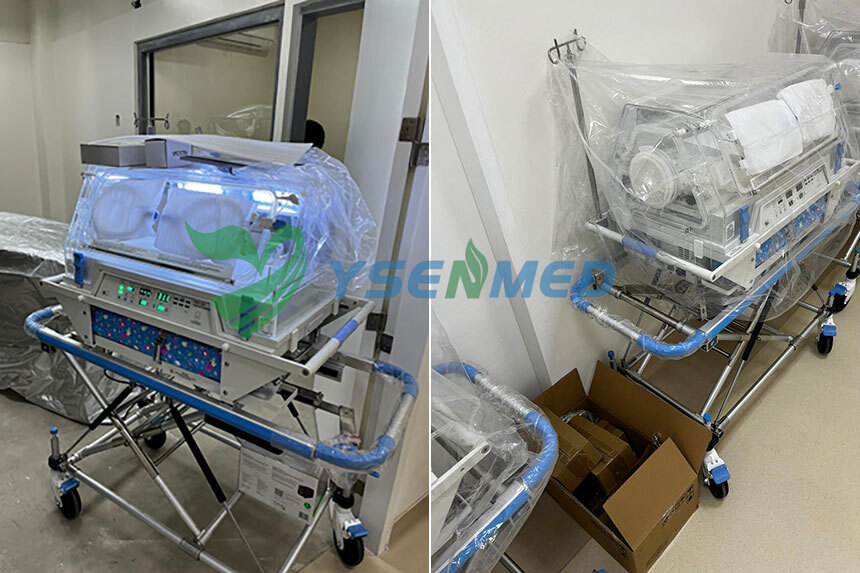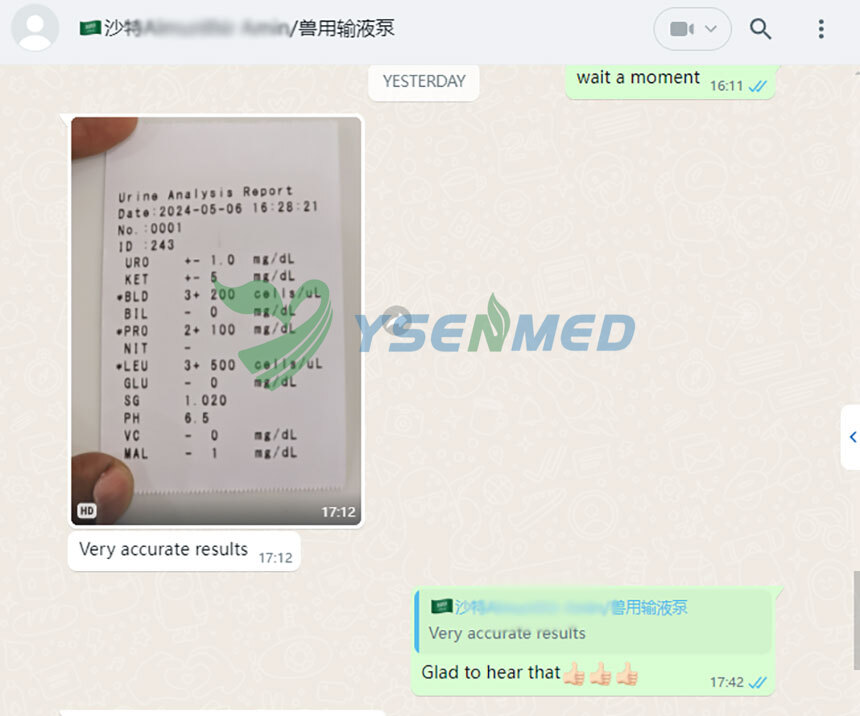Title:
Tailored Diagnostics: The Role of Veterinary Monitors in Animal Clinics
Introduction :
Introduce the importance of diagnostics in veterinary care for ensuring the health and well-being of animals.
Highlight the significance of tailored diagnostics and the role of veterinary monitors.
Provide an overview of the evolution of veterinary monitors in animal clinics.
Section 1: Evolution of Veterinary Diagnostics :
Trace the historical development of veterinary diagnostics.
Discuss the transition from traditional diagnostic methods to advanced technologies.
Introduce the pivotal role of veterinary monitors in modern animal clinics.
Section 2: Importance of Diagnostics in Veterinary Care :
Discuss the critical role of accurate diagnostics in veterinary care for effective treatment and management.
Explore the impact of precise diagnostics on animal health outcomes.
Highlight the need for advanced diagnostic tools, emphasizing the role of veterinary monitors.
Section 3: Overview of Veterinary Monitors :
Provide an in-depth overview of veterinary monitors, explaining their principles and functionalities.
Discuss the different types of veterinary monitors and their applications in animal clinics.
Introduce the concept of tailored diagnostics and how monitors contribute to personalized animal healthcare.
Section 4: Applications and Clinical Significance of Veterinary Monitors :
Explore the diverse applications of veterinary monitors in animal clinics.
Discuss how monitors aid in the diagnosis and monitoring of various conditions, including cardiac, respiratory, and temperature-related issues.
Highlight the clinical significance of accurate and real-time data from veterinary monitors.
Section 5: Quality Standards and Features of Veterinary Monitors :
Discuss the essential features that define the quality of veterinary monitors.
Explore considerations such as accuracy, durability, and ease of use.
Highlight the importance of meeting industry standards and regulatory requirements.
Section 6: Advancements in Veterinary Monitor Technology :
Explore recent advancements in veterinary monitor technology.
Discuss innovations such as wireless connectivity, remote monitoring, and integration with electronic health records.
Highlight how these advancements contribute to improved diagnostics and personalized care in veterinary medicine.
Section 7: Integration of Veterinary Monitors in Animal Clinics :
Explore how veterinary monitors are integrated into modern animal clinics.
Discuss features such as telemetry, automated analysis, and connectivity with other diagnostic tools.
Highlight the impact of technology integration on diagnostic speed and accuracy.
Section 8: Customization and Adaptability of Veterinary Monitors :
Discuss the trend of customization in veterinary monitor technology to meet specific animal healthcare needs.
Explore how monitors can be adapted to different species, sizes, and medical conditions.
Highlight the importance of accommodating diverse scenarios in veterinary diagnostics.
Section 9: Industry Perspectives and Innovations :
Provide insights from veterinarians, veterinary professionals, and industry experts on the advancements and innovations in veterinary monitor technology.
Discuss collaborations and partnerships driving advancements in animal diagnostics.
Highlight successful collaborative projects that have improved diagnostic accuracy and outcomes for animals.
Section 10: Regulatory Landscape and Compliance :
Explore the regulatory framework governing the use of veterinary monitors in animal clinics.
Discuss compliance with standards and guidelines to ensure safety and efficacy.
Highlight the importance of adherence to regulations in the development and use of these diagnostic tools.
Section 11: Economic Considerations in Veterinary Diagnostics :
Discuss the economic implications of investing in veterinary monitor technology for animal clinics.
Explore potential cost savings, improved outcomes, and enhanced animal healthcare.
Address considerations for veterinary institutions in optimizing the cost-effectiveness of monitor technology.
Section 12: Public Awareness and Education :
Discuss the importance of public awareness about veterinary diagnostics and the role of monitors in animal healthcare.
Explore educational initiatives aimed at informing pet owners, animal caregivers, and the general public about advancements in veterinary medicine.
Highlight the role of media, social platforms, and veterinary organizations in raising awareness.
Section 13: Case Studies and Success Stories :
Present detailed case studies showcasing successful implementation of veterinary monitor technology in animal clinics.
Discuss specific instances, challenges addressed, and positive outcomes in animal diagnostics.
Emphasize the positive impact on the overall efficiency and outcomes in animal healthcare.
Section 14: Research Advancements and Veterinary Monitor Technology :
Discuss how veterinary monitor technology contributes to advancements in scientific research, veterinary medicine, and animal care.
Explore its role in supporting breakthroughs in veterinary cardiology, respiratory medicine, and temperature regulation.
Highlight how monitors drive progress in personalized animal healthcare.
Section 15: Continuous Improvement and Feedback Mechanisms :
Discuss the importance of continuous improvement in veterinary monitor technologies.
Explore feedback mechanisms employed by manufacturers, veterinarians, and researchers.
Highlight the role of feedback from end-users, including veterinary professionals and animal caregivers, in shaping the future development of monitor technologies.
Conclusion :
Summarize the extensive exploration of tailored diagnostics and the crucial role of veterinary monitors in animal clinics.
Reiterate the importance of continuous innovation, adherence to quality standards, and collaboration in advancing veterinary diagnostics.
Encourage ongoing research, technology integration, and awareness initiatives for the improvement of animal healthcare.
Section 16: Challenges in Implementing Veterinary Monitors :
Address common challenges faced by animal clinics in implementing and integrating veterinary monitor technology.
Discuss solutions and strategies to overcome obstacles related to training, adoption, and resource allocation.
Explore the importance of ongoing support and education for veterinary professionals adopting advanced diagnostic tools.
Section 17: Telemedicine and Remote Animal Diagnostics :
Discuss the role of veterinary monitor technology in telemedicine and remote animal diagnostics.
Explore how technology enables remote monitoring, diagnostics, and consultation for animals.
Highlight the potential for increased accessibility to specialized veterinary care through remote solutions.
Section 18: Global Perspectives on Veterinary Diagnostics :
Examine global perspectives on the adoption and utilization of advanced veterinary diagnostic technologies.
Discuss regional variations and challenges in implementing cutting-edge veterinary care tools.
Highlight initiatives and collaborations addressing disparities in access to quality veterinary care globally.
Section 19: Continuous Improvement and Feedback Mechanisms :
Discuss the importance of continuous improvement in veterinary monitor technologies.
Explore feedback mechanisms employed by manufacturers, veterinary professionals, and researchers.
Highlight the role of feedback from end-users, including veterinarians and pet owners, in shaping the future development of monitor technologies.
Section 20: Ethical Considerations in Veterinary Diagnostics :
Discuss ethical considerations related to the use of veterinary monitor technology.
Explore the importance of transparent communication with pet owners, caregivers, and veterinary professionals regarding the use of diagnostic tools.
Highlight the ethical responsibilities of veterinary professionals in ensuring accurate and responsible use of diagnostic technologies.
Section 21: Partnerships and Collaborations in Veterinary Care :
Explore collaborations between veterinary institutions, research organizations, manufacturers, and industry stakeholders in advancing animal healthcare.
Discuss the impact of partnerships on research, innovation, and accessibility of modern veterinary diagnostic tools.
Highlight successful collaborative projects that have improved diagnostic accuracy and outcomes for animals.
Section 22: Cultural Sensitivity in Veterinary Care Practices :
Discuss the importance of cultural sensitivity in the adoption and implementation of advanced veterinary care technologies.
Explore how veterinary professionals can tailor approaches to accommodate diverse cultural beliefs and practices.
Highlight initiatives promoting inclusivity and diversity in veterinary care practices.
Section 23: Public Policy and Advocacy Efforts :
Discuss the role of public policy in shaping the adoption of advanced veterinary diagnostic technologies.
Explore advocacy efforts aimed at influencing policy changes for improved standards, accessibility, and responsible use of veterinary diagnostic tools.
Highlight successful instances where policy changes positively impacted veterinary care.
Section 24: Innovations Beyond Veterinary Monitor Technology :
Explore innovations beyond veterinary monitor technology that contribute to overall advancements in animal healthcare.
Discuss emerging technologies, such as genetic testing, wearable devices for pets, and advancements in veterinary imaging.
Highlight the potential impact of these innovations on the future landscape of veterinary care.
Section 25: Pet Owner-Centric Approaches in Veterinary Care :
Discuss the importance of pet owner-centric approaches in the development and use of veterinary diagnostic technologies.
Explore initiatives that prioritize pet owner education, involvement, and understanding in the diagnostic process.
Highlight resources and tools that support pet owners in managing the health of their animals.
Section 26: Continuous Improvement and Feedback Mechanisms :
Discuss the importance of continuous improvement in veterinary care technologies, particularly monitor solutions.
Explore feedback mechanisms employed by manufacturers, veterinary professionals, and researchers.
Highlight the role of feedback from end-users, including pet owners and veterinary professionals, in shaping the future development of veterinary care technologies.
Conclusion :
Summarize the extensive exploration of tailored diagnostics and the crucial role of veterinary monitors in animal clinics.
Reiterate the importance of continuous innovation, adherence to quality standards, and collaboration in advancing veterinary diagnostics.
Encourage ongoing research, technology integration, and awareness initiatives for the improvement of animal healthcare.




